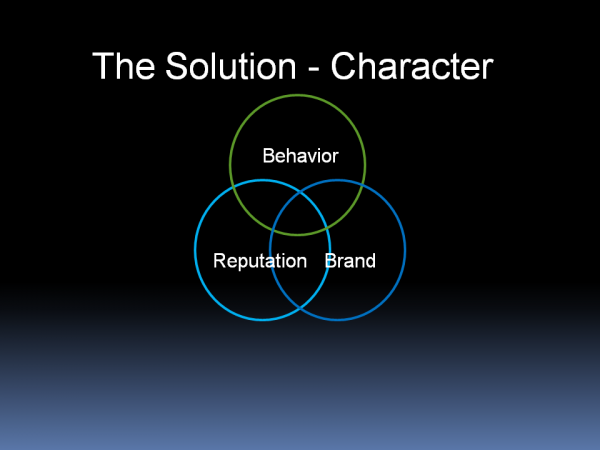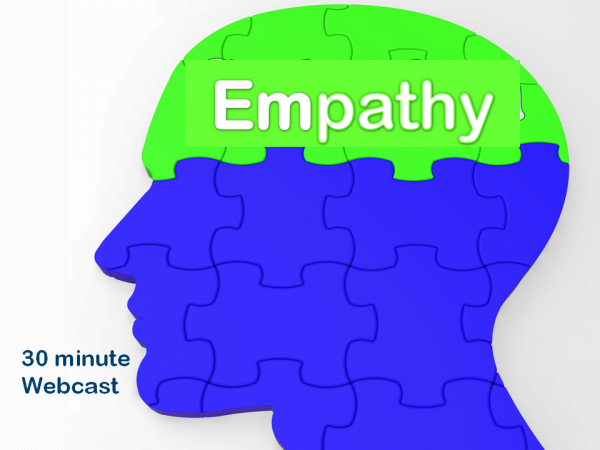 You’ve revamped your interview process. You’ve focused your efforts on hiring the right people for the position. However, your team’s progress is stagnant. The problem might not be your company, but instead part of a worldwide employee engagement crisis. According to research from Gallup, employee engagement in the U.S. has remained low and stagnant since 2000, with 32 percent of U.S. employees engaged compared to 13 percent of worldwide employees.
You’ve revamped your interview process. You’ve focused your efforts on hiring the right people for the position. However, your team’s progress is stagnant. The problem might not be your company, but instead part of a worldwide employee engagement crisis. According to research from Gallup, employee engagement in the U.S. has remained low and stagnant since 2000, with 32 percent of U.S. employees engaged compared to 13 percent of worldwide employees.
In 2015, more than half of all U.S. employees, 50.8 percent, were not engaged in their work, and alarmingly, 17.2 percent of employees were actively disengaged. Employees are considered engaged in their work when they are enthusiastic about their positions, committed to the job and productive. Engaged employees are also less likely to get sick, and they take fewer days off. These employees are also more loyal to their positions and less likely to job hop.
With all of the research available, the question is, why aren’t engagement levels increasing? The answer is not always simple, as many different factors affect individual employee engagement levels.
A 360 Team Behavior Survey available through TIGERS Success Series, for example, reports the team’s attitude about the levels of trust, interdependence, genuineness, empathy, risk and success among employees and in the work environment.
Employee metric surveys are one tool that leaders can use to assess employee engagement levels, but metrics alone can only report current levels. Another system needs to be in place to improve engagement. A 360 Team Behavior Survey available through TIGERS Success Series, for example, reports the team’s attitude about the levels of trust, interdependence, genuineness, empathy, risk and success among employees and in the work environment. After the first survey, leaders are given a report to assess the work climate. This points leaders in the correct direction for improving engagement. After the strategies are implemented, employees are given subsequent surveys to track improvements. Additional support is also available for leaders through TIGERS Success Series.
Strategies for better team building and employee engagement
Beyond measuring workforce behavior, other team building strategies are to:
Lead by example.
Managers influence employee engagement levels by up to 70 percent. This means that a manager’s engagement level, interactions with other team members, productivity and natural disposition all affect how other team members perform. So the person in charge has a large say in whether or not the rest of the team will be committed to and productive in their positions. While this is a large number and important to understand, it’s also important to recognize that individual team members are really the determining factor. Team members must also be passionate about their positions and committed to using their strengths, as well as taking ownership for their actions. An engaged manager is extremely important, but even the best manager cannot force unwilling participants to be more engaged in their positions. So when hiring new leaders or creating executive teams, look for already engaged team members.
There’s really no better way to increase employee engagement levels than by getting them involved in the process.
Involve employees in decision-making processes.
There’s really no better way to increase employee engagement levels than by getting them involved in the process. Leaders can accomplish this by partnering with team members to implement changes, allowing them the opportunity to share their ideas without fear and talking to them about current challenges. (To learn about a facilitation tool that contributes to employee engagement problem solving click here).
After gathering data from employee metric surveys, it makes sense for leaders to share this data with team members. If team members don’t understand the problems with the current climate, then they won’t be able to make the necessary changes to improve it. By partnering with team members to make changes, leaders can learn about the challenges team members face throughout their day, which will help them to make better leadership decisions, as well as relevant and sustainable changes. The same goes with creating an open environment that encourages sharing. When team members aren’t afraid of being made fun of or afraid of the consequences for speaking up, team members will be more open to sharing. This can lead to innovative solutions for problems that leaders may not have considered. And by keeping the doors of communication open through transparency, team members will understand the current challenges facing the business and be better equipped to offer valuable solutions to problems.
Employee engagement levels can be a costly hurdle for leaders, as poor engagement levels lead to higher turnover rates, less innovation and lower productivity levels, among other problems. With actively engaged employees remaining stagnant around 32 percent, it’s clear that the solutions offered over the past 15 years are not improving the corporate climate. Gathering data on employee engagement is important, but what you do with that data is more important. Instead of viewing the survey as the solution, view it as a tool to open the lines of communication and improve your company’s culture. By implementing team building strategies, tracking changes, leading by example and involving employees in the decision-making process, you can improve employee engagement levels within your organization.
We thought the following additional resources add value to this conversation:
- 30 Minute Webcast -Empathy – A Critical Element of an Engaged Workplace
- The Worldwide Employee Engagement Crisis
- Employee Engagement in U.S. Stagnant in 2015
- Engaged Employees Less Likely to Have Health Problems
- Who Drives Employee Engagement — Manager or CEO?
- It’s Time to Redefine The Rules Of Employee Engagement
Copyright TIGERS® Success Series, Inc. by Dianne Crampton
About TIGERS® Success Series, Inc.
TIGERS® Success Series is a Bend, Oregon Consultant that helps committed leaders build cooperation among employees and collaboration between departments for impact, growth and revenue.
We also license and train Managers, HRD Executives, Project Managers, and qualified Consultants to use our award winning resources. For more information, call 1+ 541-385-7465.
